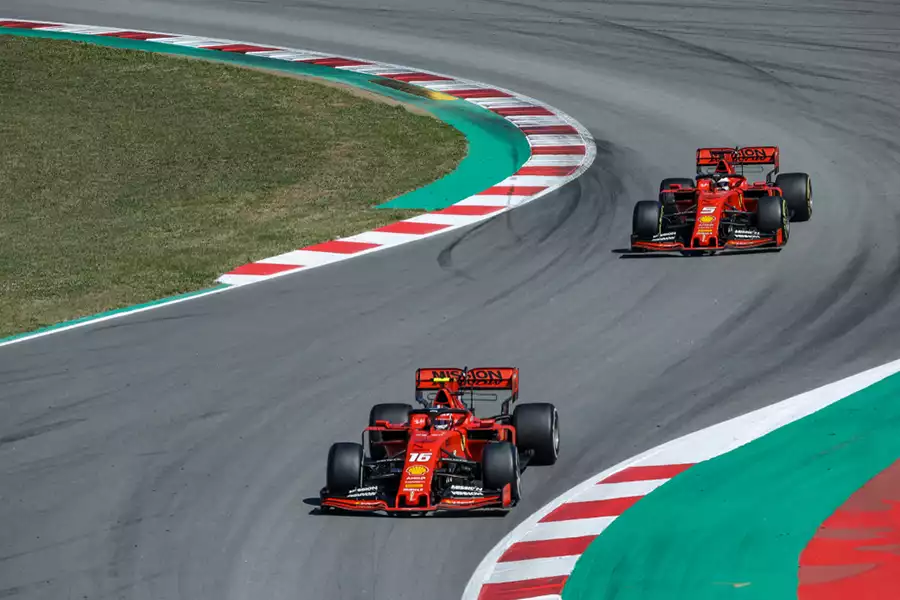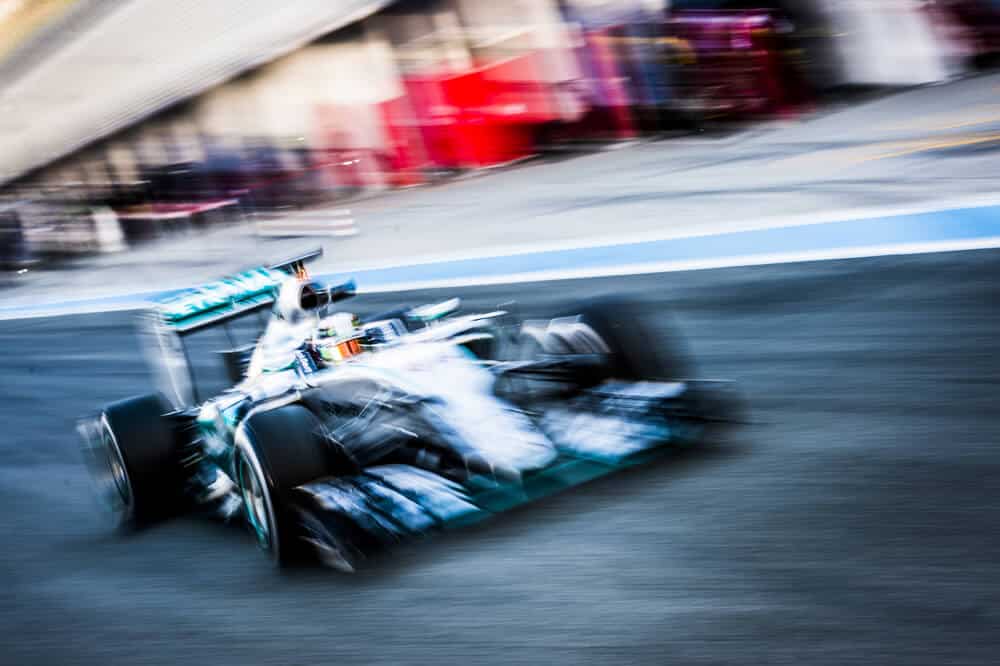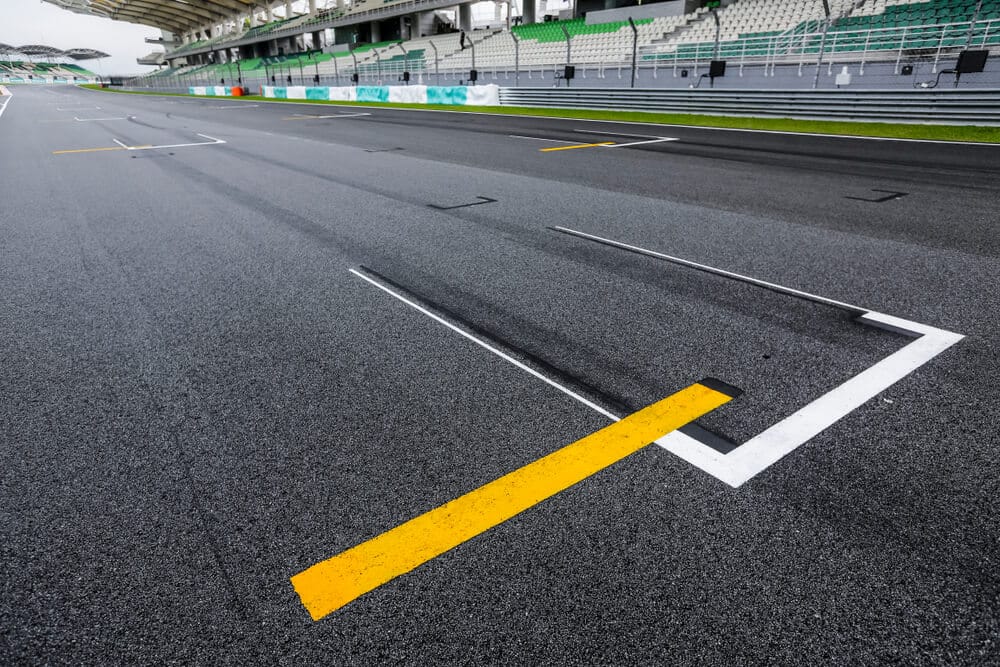Formula One races are all about ‘wows’ and ‘oohs’. The races are filled with unexpected, unusual things and experiences, and so is the case with the F1 tracks.
The FIA makes sure to add unexpected twists, turns, hindrances, and rules to be followed on the track so that the race may be as difficult for the drivers and exciting for the viewers.
To make the race more competitive, chicanes are added to the F1 race tracks to confuse drivers and make them lose their time.
Read the article till the end to find out more.
Table of Contents
Watch this video to understand why the Nouvelle Chicane in Monaco is so difficult!
What does chicane mean in F1?
Chicane is a tight series of twists and turns that come just right after a high-speed corner. They are inserted into the F1 tracks so that the speed of the cars could be slowed down a bit and fatal accidents could be avoided.
Key takeaways
- Chicane is a series of continuous twists and turns along an F1 track.
- They are introduced to avoid fatal accidents and compel drivers to decrease their speeds while approaching sweep corners.
- If driven carefully and tactically, a driver may end up saving some of his time whilst driving through a chicane. On the other hand, he could even lose some of his time due to the continuous twists and turns present in a very short distance.
- The chicanes are one of the best places to overtake on an F1 track as they have braking zones which slow down the speed of the leading car.
- Despite their many advantages, chicanes are not a mandatory element of the F1 track.

Understanding Chicanes
Formula One is not an easy game to excel at. It requires hard work to master the car and intelligence to skillfully drive the car around the track. To further complex the game and challenge the drivers, FIA keeps on adding new elements to the game.
Sometimes, it’s a change in rules, sometimes it’s a new feature in the car, and sometimes it’s the adding of tricky things along the F1 track to make it trickier and all enthralling for the viewers. One such addition to the F1 track is the chicanes.
When you compare the racing tracks from all over the world, their circular shape would be among those characteristics that all tracks have in common. This means that in an F1 track if the driver drives his car carefully, and doesn’t strike anybody along the way, he could be the first one to end up at the same place where he started.
This often compels the driver to drive as fast as they can and overtake other cars when they can so that they may end up in the first position. However, what’s a race without a few twists and turns?
Continuous series of bends
This is where the chicane comes in. Chicane is a continuous series of bends that comes right after a high-speed corner which the driver has to navigate through in the shortest possible time. They were placed along an F1 track to avoid fatal accidents (deaths) such as the accident of 1994 in Imola where Ayrton Senna, the guy who won the world championship three times, died.
Difficult parts of the tracks
Chicane is one of the trickiest parts of a Formula One track because this is where a driver may crash with another driver or lose his time. For example, in the Italian Grand Prix of 2021 in Monza, two drivers, Max Verstappen and Lewis Hamilton crashed into each other in the Turn One of the track’s chicane because they failed to approach the entry of it in a correct way. One of the ways to approach a chicane is to turn right at its entry and then immediately turn to the left.
Having chicanes on an F1 track isn’t always that bad. They were primarily introduced to make the tracks safer as they break the long straights of the f1 track. They also have zones specifically designed to compel drivers into applying brakes so that they can avoid going into dangerous, extensive corners at very high speeds. This makes the chicanes one of the best places to overtake on an F1 track as drivers can over-strip the cars which were in front of them on the previous straight.
Read more: The most dangerous F1 tracks in the world
Not mandatory
Chicanes are not a mandatory element of an F1 track. They may or may not be included. For example, race tracks in Bahrain and Abu Dhabi do not have any chicanes on their track. In contrast, race tracks in Canada, France, Mexico, Monza, and Monaco have multiple chicanes.
Adding on, there are also multiple types of chicanes like S-shaped chicanes, high-speed chicanes such as the one in Jeddah, slow-speed chicanes like the one in Miami, and more.
Chicane is one of the trickiest parts of a Formula One track because this is where a driver may crash with another driver or lose his time.
Frequently asked questions about the chicanes
Why is it called a chicane?
What is a chicane in Formula 1?
Why do F1 tracks have chicanes?
Is it mandatory for an F1 race track to have a chicane?
Conclusion
Chicanes are one of the most exciting parts of the F1 track. They can make a driver lose time due to their unexpected turns along a very short distance or save time if driven carefully and skillfully among those twists.
Chicanes were not introduced with the idea of providing excitement to the viewers, instead, they were introduced so that fatal accidents on the tracks could be avoided.
Over the years, chicanes have proved to lessen the number of accidents caused on the track. However, some of the drivers are not happy with them and have complained about getting their view blocked when another car comes in front of them whilst driving through a chicane.
Learn more about Formula One
Want to learn more about F1? Then visit our Formula 1 glossary and dictionary.
Article sources
- https://en.wikipedia.org/wiki/Chicane#:~:text=A%20chicane%20
- https://www.palatinate.org.uk/the-problem-with-chicanes-in-formula-1/
- https://www.formula1.com/en/championship/inside-f1/glossary.html
- https://thesportsgrail.com/what-is-a-chicane-in-f1-meaning-explained-and-how-drivers-can-make-or-lose-time/




